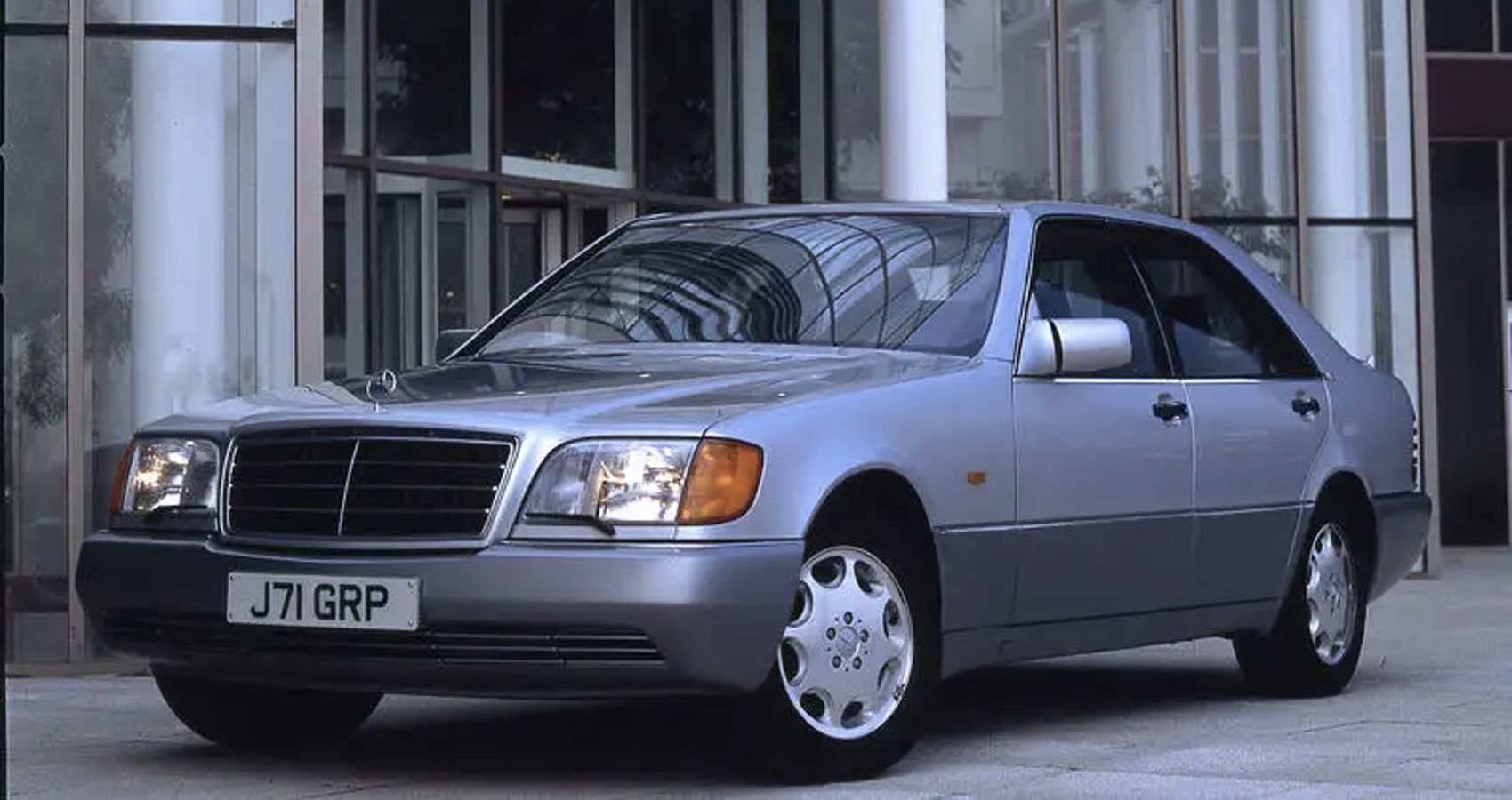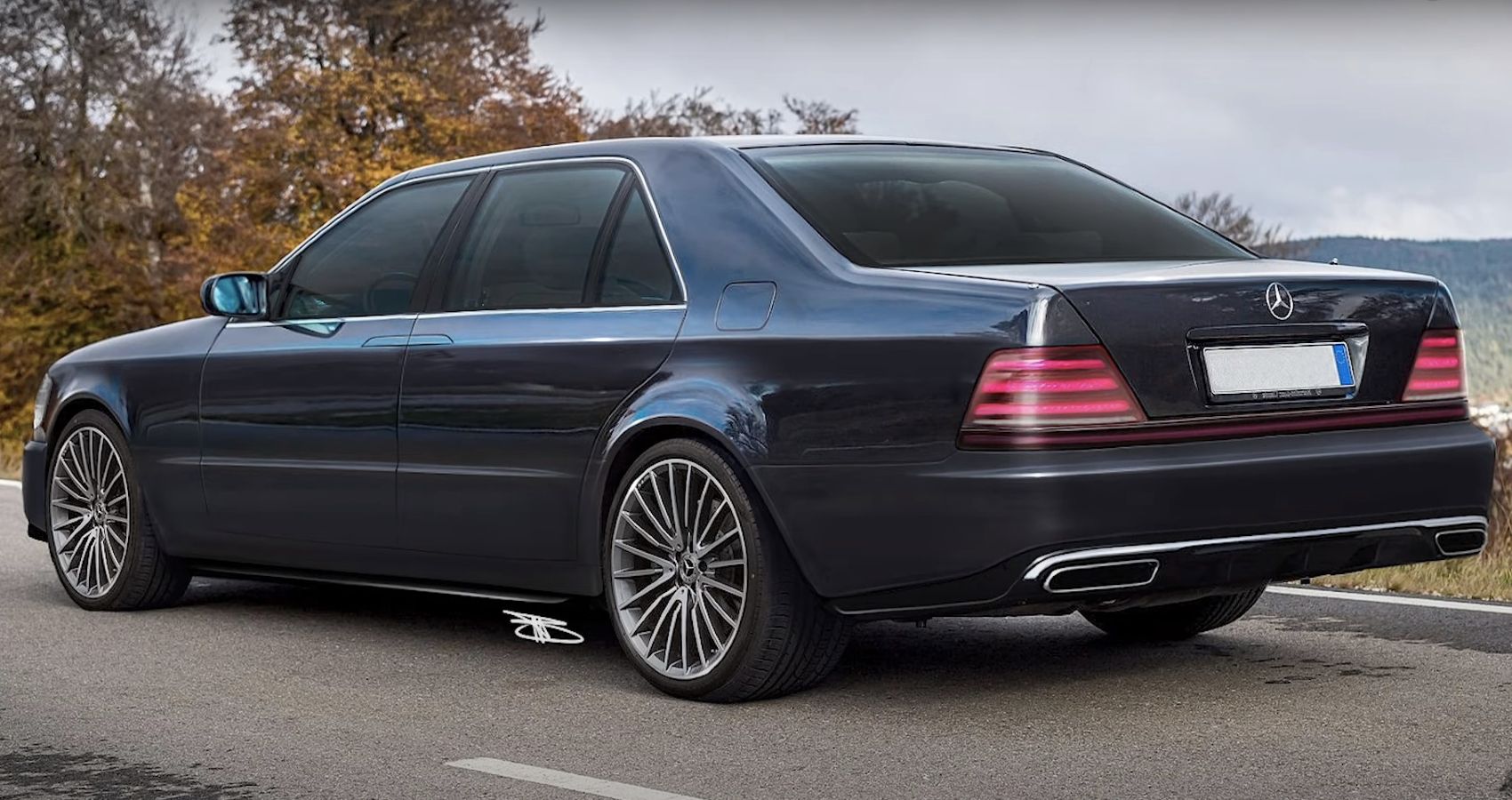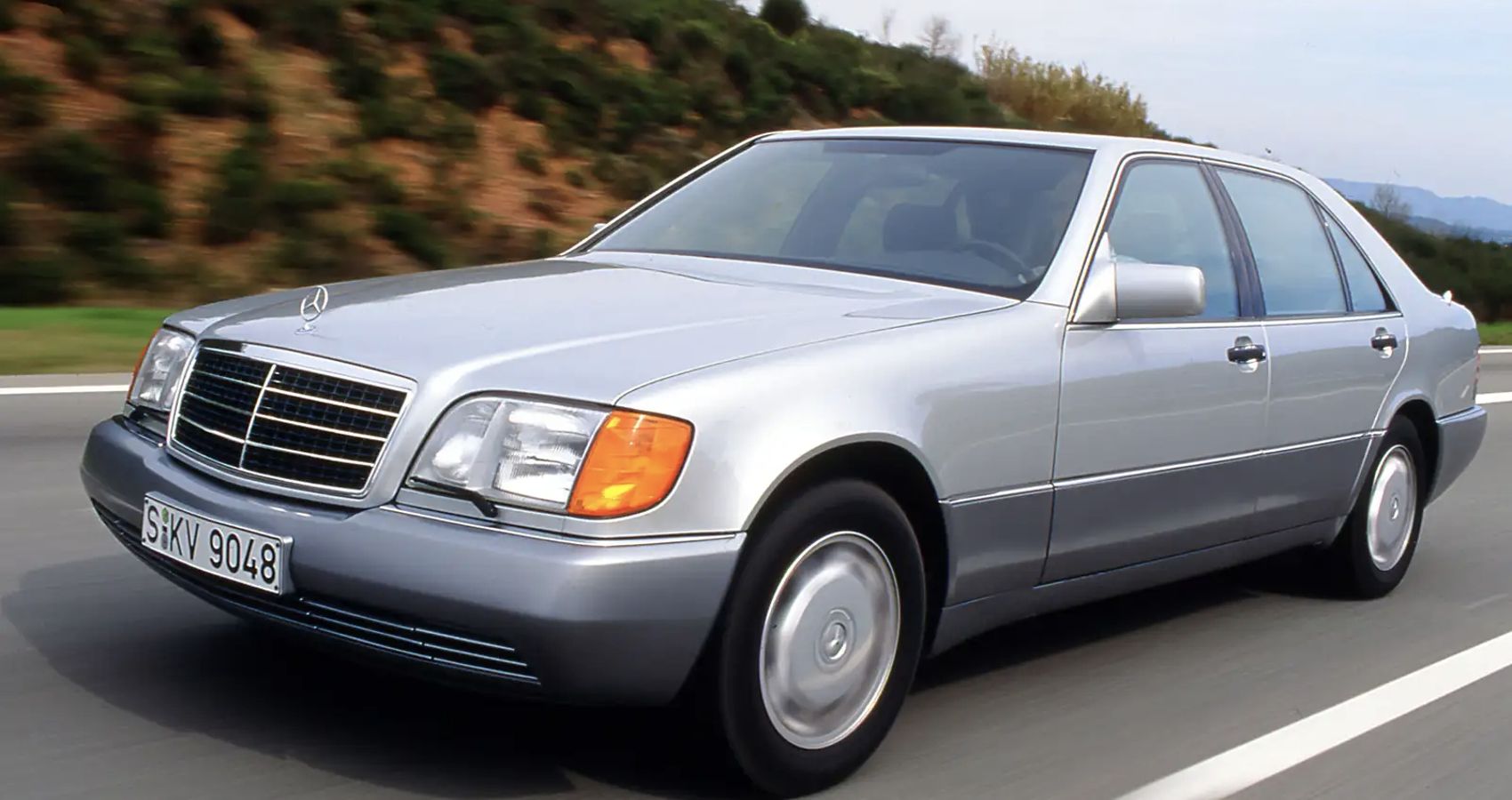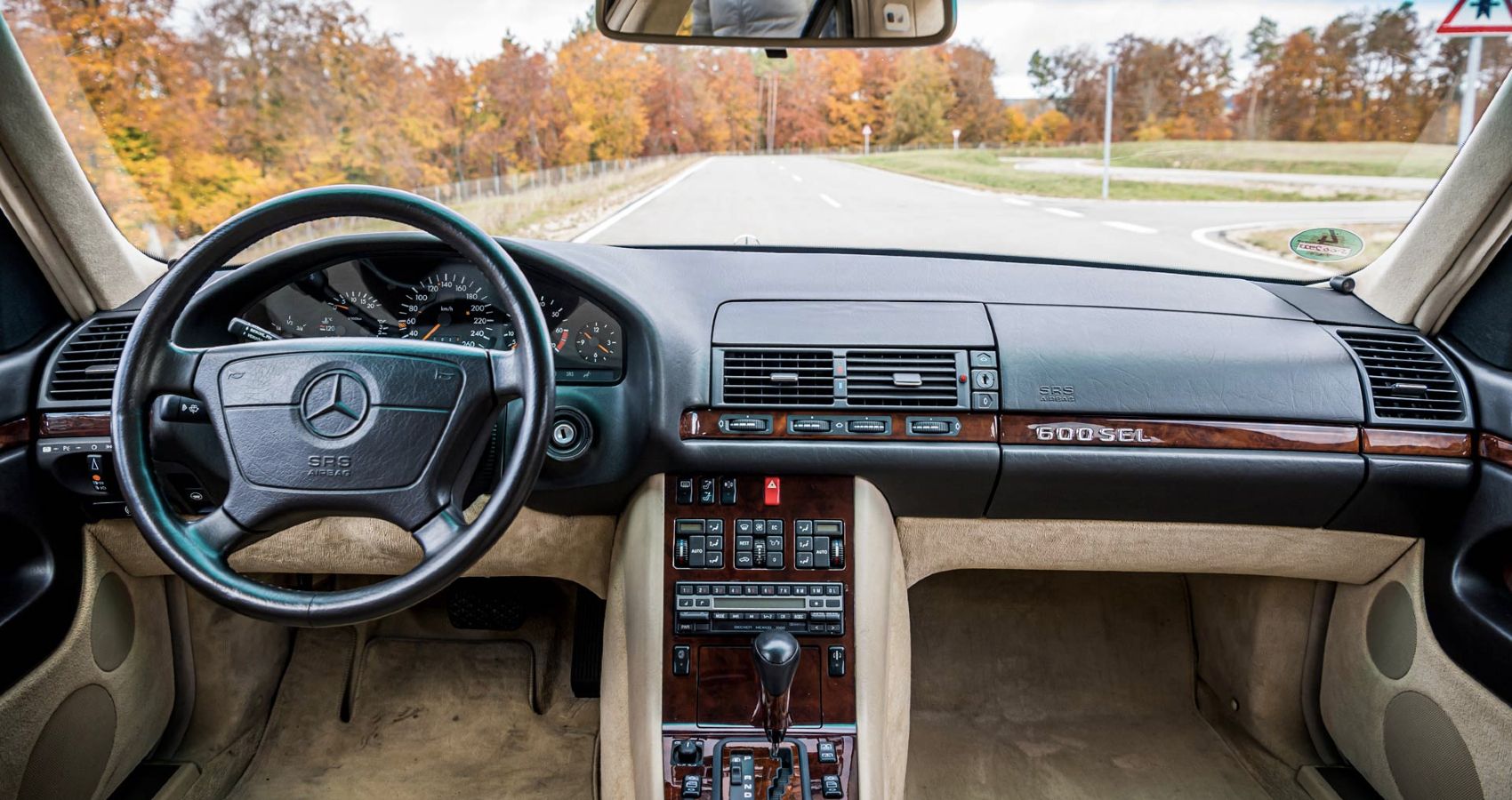The first words that may spring to mind when you consider Mercedes-Benz is luxury and reliability, and the W140 Mercedes-Benz S-Class fits that stereotype perfectly. For many Mercedes lovers, the W140 represents the final time the S-Class was an engineering-led model, rather than a vehicle built after adhering to budgets and serving marketing appeal.
Nevertheless, it did make heads turn, and was even proven to be controversial when first released. When compared to its predecessor, it was significantly larger, decorated with slab-sided styling, and a big grille. Its bold look was so out there, even Bruno Sacco, the W140’s designer, was not fully supportive of the final product.
It’s true, the intention of its imposing design was to seek out new S-Class buyers. Asia, along with North America, were specifically targeted when the W140 was finally released in 1991. During the W140’s seven years of production, Mercedes released 406,710 W140 sedans, and 26,002 coupes. There is a reason that the W140 Mercedes-Benz S-Class was in such high demand – it was bold, reliable, and downright awesome.
The Mercedes-Benz S-Class Flaunted A Bold Design
The new W140 Mercedes-Benz S-Class first flaunted its controversial design in March 1991, at the Geneva Motor Show. The distinctive trademark radiator grille sat proudly up front, dressing the elongated, boxy hood. For the first time, the classic Mercedes star was on the engine hood, instead of its usual place on top of the radiator grille. The Mercedes S-Class design had an intense amount of aerodynamic quality, while maintaining everyday practicality features. The W140 certainly turned heads, with its striking sharp body and stretched-out shape. It was a risky move from Mercedes, but it certainly did turn heads.
The Mercedes-Benz S-Class Housed A 6.0-Liter V12
1991 saw a twelve-cylinder engine in the W140s, highlighting performance output. The new beefy M120 6.0-liter V12 engine made its debut as the first series production engine of that size, to sit in a Mercedes-Benz passenger vehicle.
The V12 was able to produce 408 horses, 427 lb-ft of torque, and was able to achieve a top speed of 155 mph. A 0-60 mph time of 5.7 seconds was rather respectable for the time. Although diesel-powered models were previously reserved for the North American market only, European buyers were later offered the chance at owning a diesel S-Class.
Alongside the flagship V12, a new generation of inline-six and V8 petrol engines got developed, which featured double-overhead camshafts. A 3.5-liter inline-six diesel engine was then carried over from the W126, where it remained the only W140 engine with a two-valves-per-cylinder format, until it got replaced in 1996.
The Mercedes W140 flaunted a newly developed front axle double wishbone suspension, alongside a rear multi-link suspension, perfectly designed to create a smooth driving experience. 1991 saw the first generation of the adaptive damping system (ADS). This impressive feature altered the damping level of the shock absorbers, which aided stabilization of the car throughout high-speed drives, aggressive driving, or in the event the driver lost control of the vehicle. This feature came as standard on the V12 models and was an optional feature for the V8 models.
The Mercedes-Benz-S-Class Was An Over-Engineered Masterpiece
The W140 Mercedes-Benz S-Class was jam-packed with technical features when it first hit showrooms, such as updated double-glazed insulated side windows to reduce road noise within the cabin. Later models would receive some other cool features, like xenon headlights, Electronic Stability program, and automatic windshield wipers. A luxurious cabin enticed onlookers, with sleek leather seats and refined dashboard.
Electrically operated exterior mirrors folded in with a quick switch, making driving through those narrow spaces that bit easier. Parameter steering was a feature of the W140, making low-speed driving, such as parking, easier and requiring less effort to maneuver the steering wheel. Rear guide rods would extend from the W140’s trunk lid when reversing, providing a guideline for drivers when attempting to squeeze into those tricky spaces. Mercedes-Benz sure did keep the driver at the forefront of their minds when creating the W140, with orthopedic heated front and rear seats, and electric rear sunshade – the W140 was an over-engineered masterpiece.
The W140 Mercedes-Benz-S-Class is a piece of automotive history that should definitely get appreciated. Sure, it was over-engineered, but it is clear that Mercedes thought of every little detail whilst creating this legendary vehicle. Considering a good quality second-hand W140 would now set you back $15,359, it goes to show how the W140 Mercedes-Benz S-Class has achieved its goal – to withstand time.
It’s true, more than 406,000 drove out of production, so the thought of catching a glance of the original W140 is enough to make any gearhead drool. The W140 Mercedes-Benz S-Class saw Mercedes turn an evolutionary corner, and it was a truly special vehicle.
Source: Mercedes-Benz




